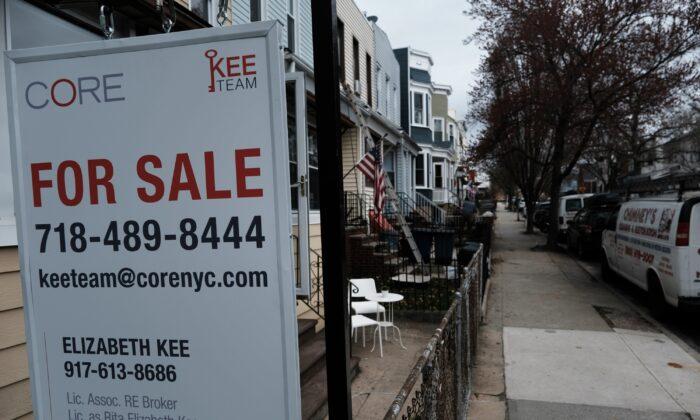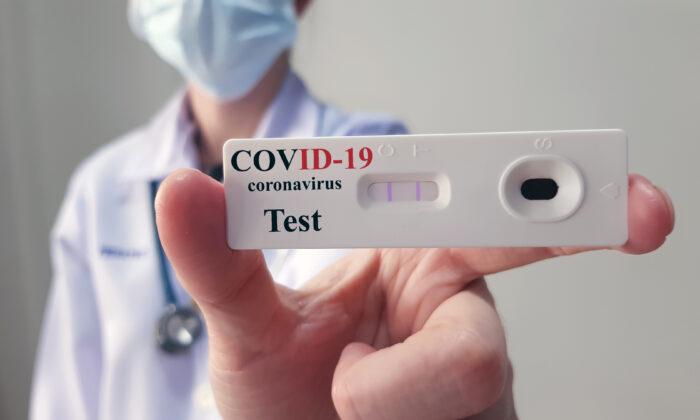While additional dollars have been infused into school systems in New York’s most recent statewide budget, the appropriations still are not meeting critical needs for schools in the state’s largest city, officials said at a recent Senate hearing.
When former Gov. Andrew Cuomo signed New York’s 2021-22 budget this spring, the spending plan included increased contributions to public education, fortified through $12 billion in federal COVID-19 relief funding.
Additionally, the current budget includes a 7.6 percent, or $1.4 billion, increase to foundational aid, the statewide formula used for funding school districts.
With a half-year into the state’s current budget, members of the New York Senate Committee on Education recently took testimony from school officials throughout the New York City area and heard a range of concerns – including a lack of guidance counselors – as the 2021-22 school year has gotten underway.
In testimony delivered to the Senate panel at the Oct. 5 hearing, Meisha Porter, chancellor of the New York City Department of Education, said the agency has earmarked $80 million into social and emotional learning through an effort that includes the hiring of 600 new social workers, social psychologists and family support workers.
“We want all our students to see themselves in their curriculum, their classrooms and their schools,” Porter said. “It is in this spirit that we will implement a dual-pronged approach, which will address social-emotional learning and academics.”
But a number of other representatives within the New York City school system offered a different take on the working conditions for the people hired to look after the well-being of students in schools across the five boroughs.
Claire Green-Forde, executive director of the New York City chapter of the National Association of Social Workers, said the school system does not offer adequate support to the staffers filling the positions.
“Despite the noted education, experience and training needed to be a social worker, many school-based social workers are either not supervised or inadequately supervised as they report to someone in the school with no mental health training or experience,” Green-Forde said.
She added, “Many have to complete professional development on their own time and cost, to maintain their license since the limited professional development opportunities in their schools do not address their professional needs.”
Marjorie Miller, president of the New York State School Counselor Association, said the additional funding comes at a critical time as mental health remains a front-and-center concern amid the pandemic.
But in her testimony, Miller said there has been – and continues to be – a disproportionate number of professional resources across the state.
“Too often, school counselors are not available to students of color and students from low-income families,” Miller said. “Data shows that New York is a state where, generally, we have a good ratio of counselors at the secondary level, but there is unequal access to counselors, depending on the school district, school or geographic area.”
In New York City, Miller said some schools this year have continued functioning without dedicated counselors – a scenario that drew concern from Senators sitting on the panel.
“That is utterly incomprehensible and unacceptable,” said state Sen. John Liu, D-Queens, who chairs the committee.
Liu and other legislator on the panel said they were committed to looking deeper into how more resources could be allocated to the city’s schools to help with social and emotional learning.
Other concerns raised at the recent extensive Senate hearing, which was held in New York City, included class sizes and a perceived lack of input from school officials on broader issues under Mayor Bill de Blasio’s oversight.





